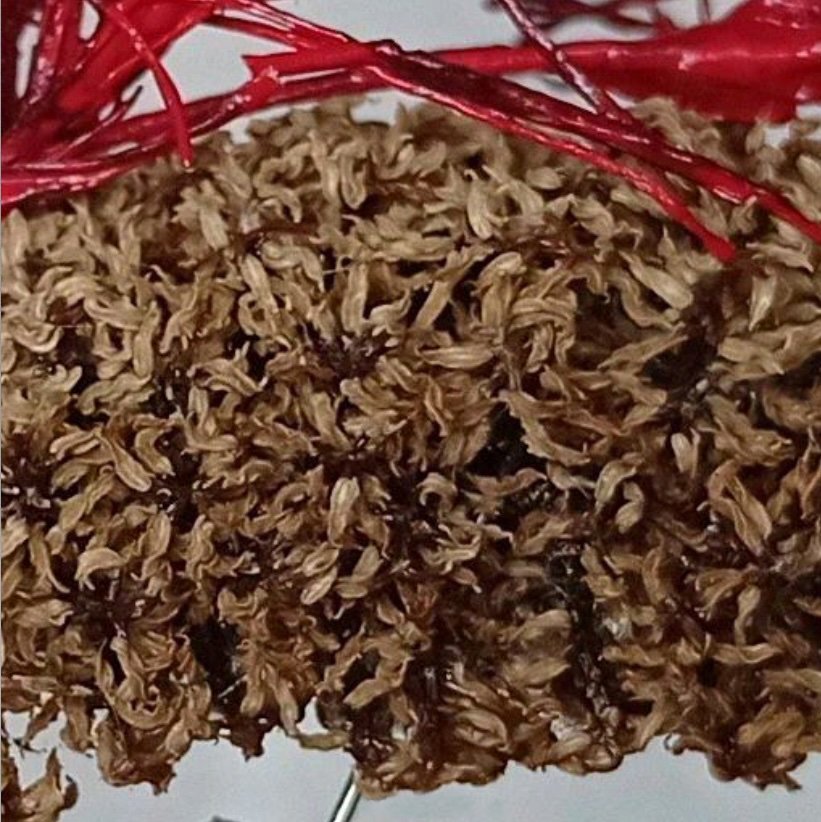Common Name: Indonesian Terrestrial Nudibranch
Scientific Name: Nudibranchia terrestris (Indonesia)
Specimen Length: 68mm
Specimen Sex: Female
First Described: AD 2035
Description and Habitat: Nudibranchia terrestris are found all over SE Asia, having evolved from species of marine nudibranchs (shell-less marine molluscs) in areas of Indonesia where thousand year old mangrove forests were cut down. As well as being massive carbon sinks, such primary forests store many other ancient chemical compounds which were released as the extremely nutrient rich soil permeated the surrounding marine environment. As these chemicals were ingested and absorbed, new and strange subspecies evolved.
Both marine and terrestrial nudibranchs have their lungs on the outside of their body, (their scientific name Nudibranchia means naked gills, and describes the flamboyant tentacle-like cerata on their backs) which are also sensitive to movement, smell/taste and temperature.
They also derive their colouring from the food they eat, which helps in camouflage, and most retain any poisons derived from their diet to secrete as a toxic defence against predators. Most use undulating movements of their body to slowly crawl along their chosen surface, but the terrestrial varieties are more active, even known to drop from great heights to reach prey below. Rather than being purely carnivorous, Nudibranchia terrestris have become omnivorous in their evolution from sea to land, also absorbing chemicals from their surrounding environment (often from construction materials and plastic waste) and are extremely poisonous to the touch; death rate to humans can be as fast as 30 seconds, causing instant respiratory failure.
Reproduction: Like their cousin the marine nudibranch, they are simultaneous hermaphrodites and can mate with any other mature member of their species. Whilst they spend most of their adult life on land, they go back into the sea to lay their eggs, usually several dozen (but on rare occasions up to a million) within a gelatinous spiral. After hatching, the infants look almost identical to their adult counterparts, and they start their migration to land almost immediately.
NB: Last year saw the first known swarming of this species off the south east coast of Bali, where unprecedented numbers (hundreds of thousands) slowly penetrated the island of Nusa Ceningan killing several people whilst they slept. Local inhabitants of the island refer to them as Siput Zombies, or Zombie Slugs.
Lifespan: Varies widely, from less than a month to several decades.





